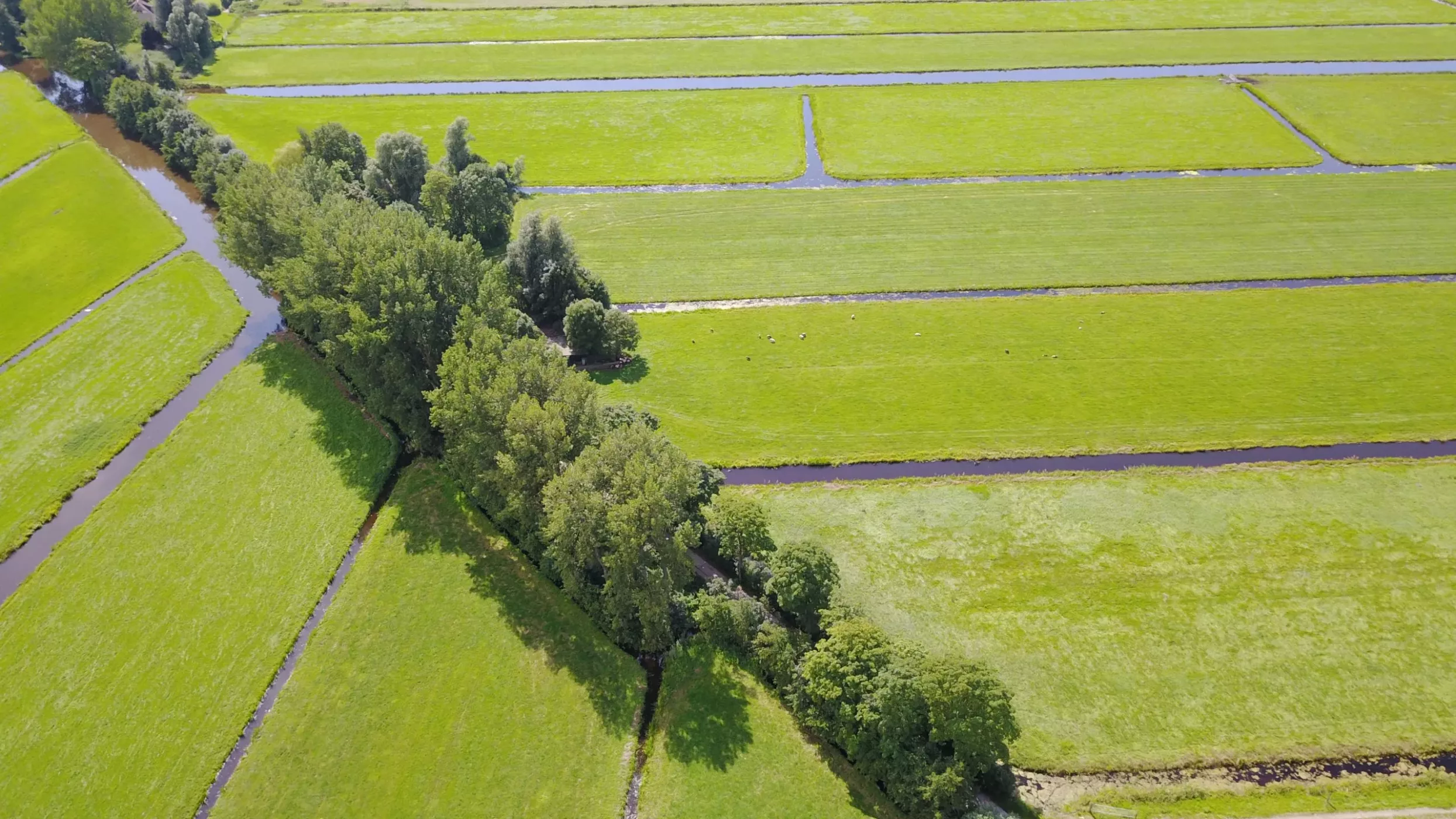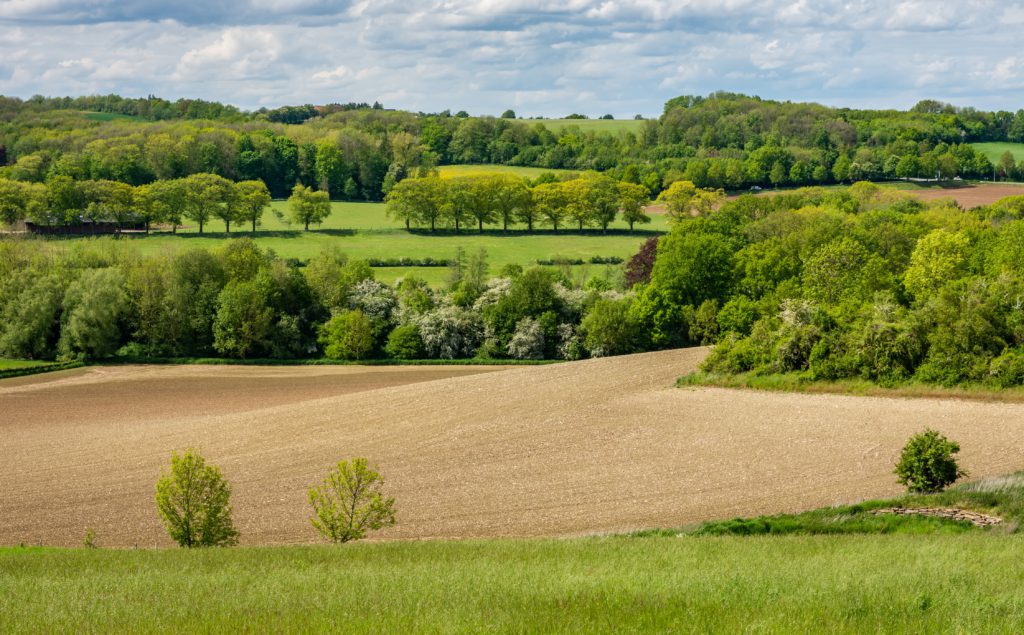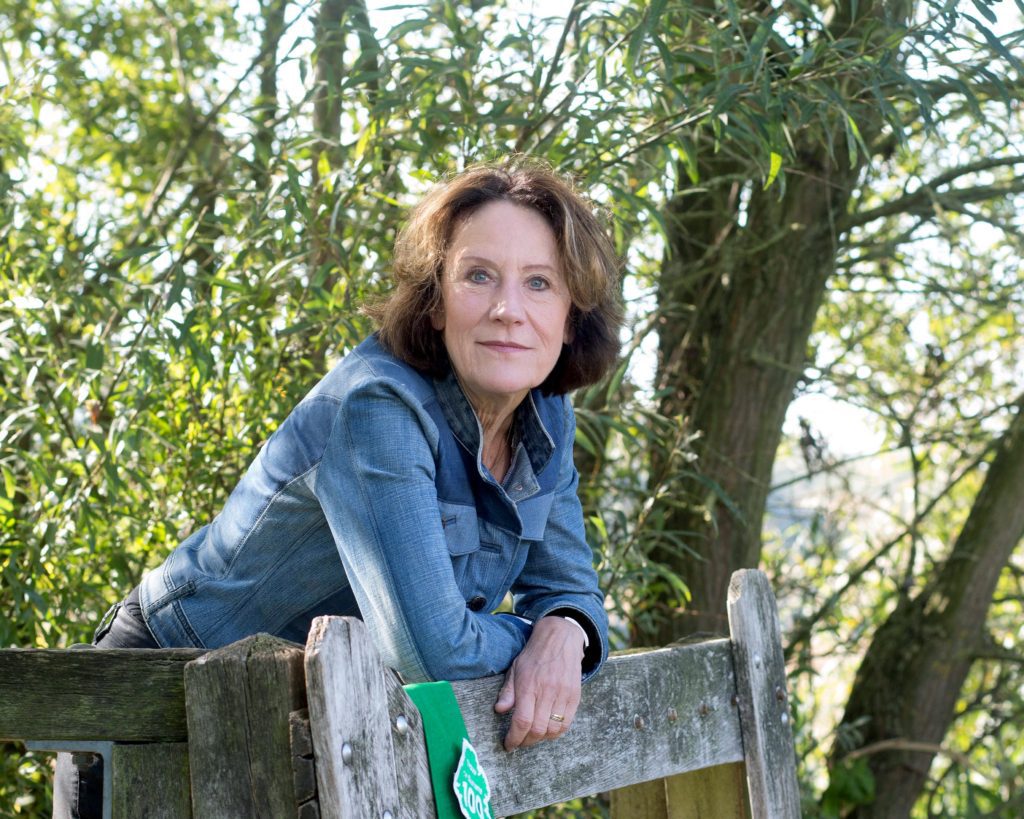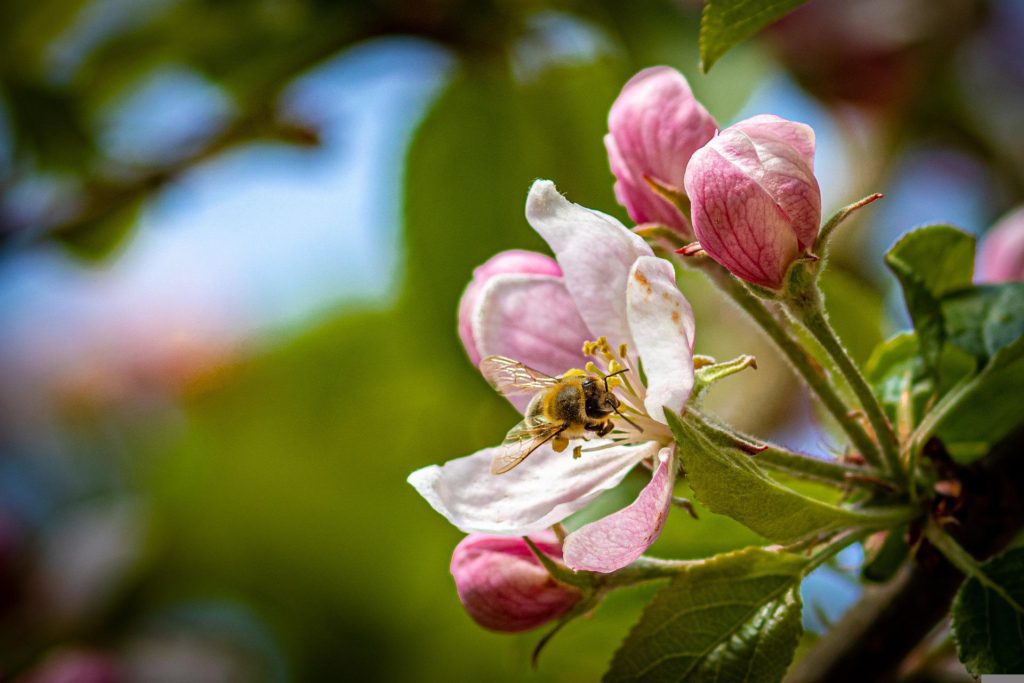The importance of landscape elements for biodiversity according to professor of ecology Louise Vet
22 March 2023

22 March 2023
Our ambassador Louise Vet is a professor of ecology and an expert in the domain of biodiversity. In this interview she will relate why landscape elements such as trees and hedges are indispensable in order to restore and extend biodiversity in the Netherlands.
Biodiversity in the Netherlands is not doing well. The number of insects alone has decreased by 75% over the past thirty years. Also birds, mammals and fish are under pressure. One of the causes? “Sixty percent of landscape elements has disappeared from our countryside in the past century”, says Louise Vet, professor of ecology.
Landscape elements are those regionally connate structures in a landscape, such as rows of trees, hedges, field-edges, pollard willows, pools, meres and ditches. “In the past few decades, we have viewed the Dutch landscape far too much as a commodity for the benefit of our agriculture and the extension of cities”, Louise explains. “This has been at the expense of landscape elements and their functions. Landscape elements are so-called biodiversity boosters. They attract innumerable plants and animals, such as birds, insects and small mammals. In landscape elements they find their food, shelter or connection between various habitats.”

Besides enlarging biodiversity, landscape elements have many more functions. “They absorb CO2, nitrogen and particulate matter, combat diseases and pests in natural ways and make for well-structured soil”, Louise sums up.
The roots of trees and shrubs reach far underground, enabling rainwater to seep deeply into the soil. In this way groundwater is replenished, rendering healthy and vivacious soil, brimful of minerals. Louise: “Such healthy soil in turn is good for biodiversity and for growing crops. Therefore I see landscape elements as an expedient for all functions we have dealt with carelessly over the past several years.”
In simple words, biodiversity is the variety in life on earth. It includes all different species and categories of plants, animals, bacteria and fungi, plus all variations within those. Also all ecosystems on earth, such as forests, meadows and oceans are part and parcel of biodiversity.
What makes your biodiversity so important for that matter? Louise: “First and foremost, it is essential that there is variety. Biodiversity begins at healthy soil, with fungi and bacteria. They enable plants to grow. Plants interact with specific insects, which in their turn feed organisms, such as birds. They also pollinate plants and flowers, enabling food to grow. Thus all things are interdependent. The less variety in species, the more vulnerable all life on earth is to, e.g. climate change, diseases and pests.”
In times of climate change and nitrogen issues, this variety is more important than ever before, according to Louise. ‘We cannot predict the future. That is the reason we will have to adapt to changing circumstances, such as drought or heavy rainfall. We are going to need as much variety in nature as possible.”

Yet that variety has all but disappeared from Dutch landscapes. “We have forgotten how diversified our man-made scenery used to be”, Louise says. “The Netherlands today is a highly raked out and over-efficient country. Our present-day farmers work in very specialized ways and limit themselves to growing a small amount of highly productive crops. The yield per hectare has to be as high as possible, at the lowest possible expense. There is little variety among and between those crops. Lack of variety renders our food production system extremely vulnerable. One single pest or disease may well prove to be the end of a harvest.”
The lack of variety also makes for monotonous landscapes, in which less and less is to be enjoyed. Louise: “The loss of landscape elements leads to a scenery of sorrow. A meadow full with only one type of grass may be green, but if it attracts no other plants or animals, it is very much like asphalt. Green variety, that is what we need.”
In order to bring back that variety, the planting of landscape elements in the countryside is a good start. “I believe in a form of agriculture in which farmers work within ecological boundaries and at the same time make a good living”, says Louise. “I see farmers also playing the part of landscape manager, making money by managing and maintaining landscape elements.”
Ground is nobody’s possession, but the landscape belongs to us all, is the professor’s opinion. “So landscape management is really a utility to preserve a healthy and beautiful environment. It must be paid for with public and private money, exactly like we do when building and maintaining our roads.”
In order to reach that point, more legislation and regulation must be implemented, according to Louise. Just like more support and financing for farmers. “This is one of the reasons why I am positive towards projects which Trees for All supports around planting landscape elements. Through this it becomes easier and financially more attractive for farmers to plant trees and bushes.”

For Louise there are no two ways about the fact that the agricultural sector should co-operate more with nature. “In the past few years, the dry summers have shown that biological farming, which pays more attention to healthy and natural soil, can cope better with drought. The same goes for herbiferous grasslands, which absorb and retain rainwater better. So there is increasing proof that we need our landscape to cope with challenges like climate change.”
It is Louise’s hope therefore that in the future she will be able to enjoy varied landscapes with various categories of trees, plants, animals and flowers. In the meantime she is a passionate advocate of nature in the Netherlands. “That trees and hedges also absorb CO2 and store it in the soil gets thrown in with the bargain. But biodiversity? That makes my heart really skip a beat.”
Louise Vet is professor in ecology and former manager (1999-2019) of the Netherlands Institute of Ecology (NIOO-KNAW). She is the initiator of the Biodiversity Restoration Deltaplan, a broad form of social co-operation, dedicated to maintenance and restoration of biodiversity.
Louise has managed to get all sorts of parties round the table that are willing to stimulate biodiversity restoration: from scientists, farmers and banks to district water boards and environmental organizations. In September 2022, she was also the person to hand to nature and nitrogen minister Van der Wal the Landscape Plan of Attack, which aims to restore and increase biodiversity in the Netherlands.